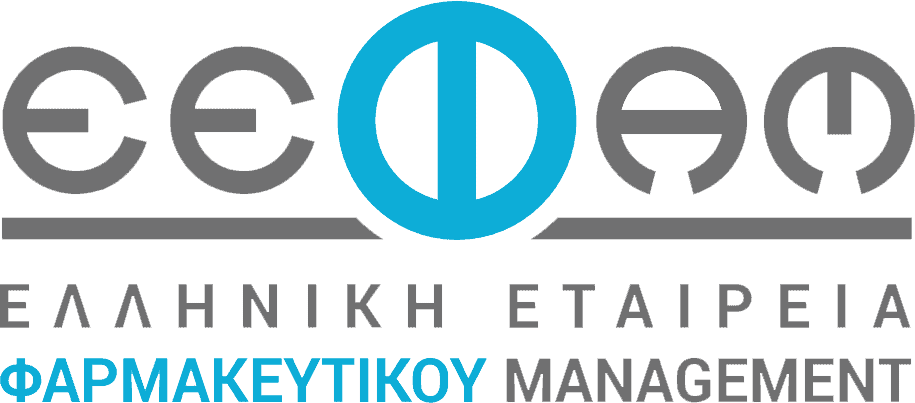Blog
Blog
Space — the next frontier in drug development

If you time it right, you may be able to catch a glimpse of the International Space Station, which looks like a bright star speeding by at 17,500 miles an hour, 250 miles above the earth. This football-field-sized spacecraft reflects the sun’s rays, making it visible from the ground around dusk or dawn for just a few minutes before it disappears over the horizon. While sightings are fleeting, the ongoing research aboard the space station may have far more enduring effects on those below.
Astronauts aboard the station, which holds the world’s only microgravity laboratory, are conducting experiments for companies like Merck & Co. and Bristol Myers Squibb (BMS) that have the potential to improve drug development and manufacturing. Today’s research is limited by space constraints aboard the craft, but planned initiatives may open up broader opportunities in the future. Over the next decade, NASA is planning an expansion of space-based resources in collaboration with private industry to build infrastructure that could one day lead to improvements in drug delivery and manufacturing, and give a boost to fields like organ transplantation.
Venturing into space

Paul Reichert, associate principal scientist of structural chemistry, MerckPermission granted by Merck
Paul Reichert, associate principal scientist of structural chemistry at Merck, was among the first scientists to promote the idea of conducting an important segment of drug research — protein crystallization — in space.
NASA had a protein commercial crystal-growth initiative in the 1990s and approached Schering-Plough Corp., now Merck, about participating, Reichert said.
“They asked me, since I was a protein crystallization expert, whether I’d be interested in doing microgravity research on board space shuttle missions. Of course, I jumped at the opportunity,” he said.
While space research has faced some starts and stops over the years, today Merck is using the unique microgravity environment on the space station, a multinational collaborative, to study monoclonal antibodies as crystalline suspensions with the ultimate goal of making drug delivery and manufacturing safer and more convenient, Reichert said.
The microgravity environment in orbit is a far better setting to grow high-quality crystals because it reduces sedimentation, molecules move more slowly and scientists can precisely control temperature in experiments, Reichert said. Experiments on the active ingredient in Merck’s oncology drug Keytruda, for example, showed that particle crystals grown in space were smaller and more uniform than ones grown on Earth.
“We found that the flight experiment crystals were lower in viscosity and had better injectability properties than the comparable ground experiment,” Reichert said.
Merck was then able to design processes to mimic those results on Earth. Their research could provide patients with an easier, more convenient way to take monoclonal antibody crystalline suspensions. Today, drugs like Keytruda are administered in a cumbersome multi-hour infusion, but one day patients may be able to get the drug as a quick shot at the doctor’s office due to extraterrestrial research.
Πηγή: pharmavoice.com







